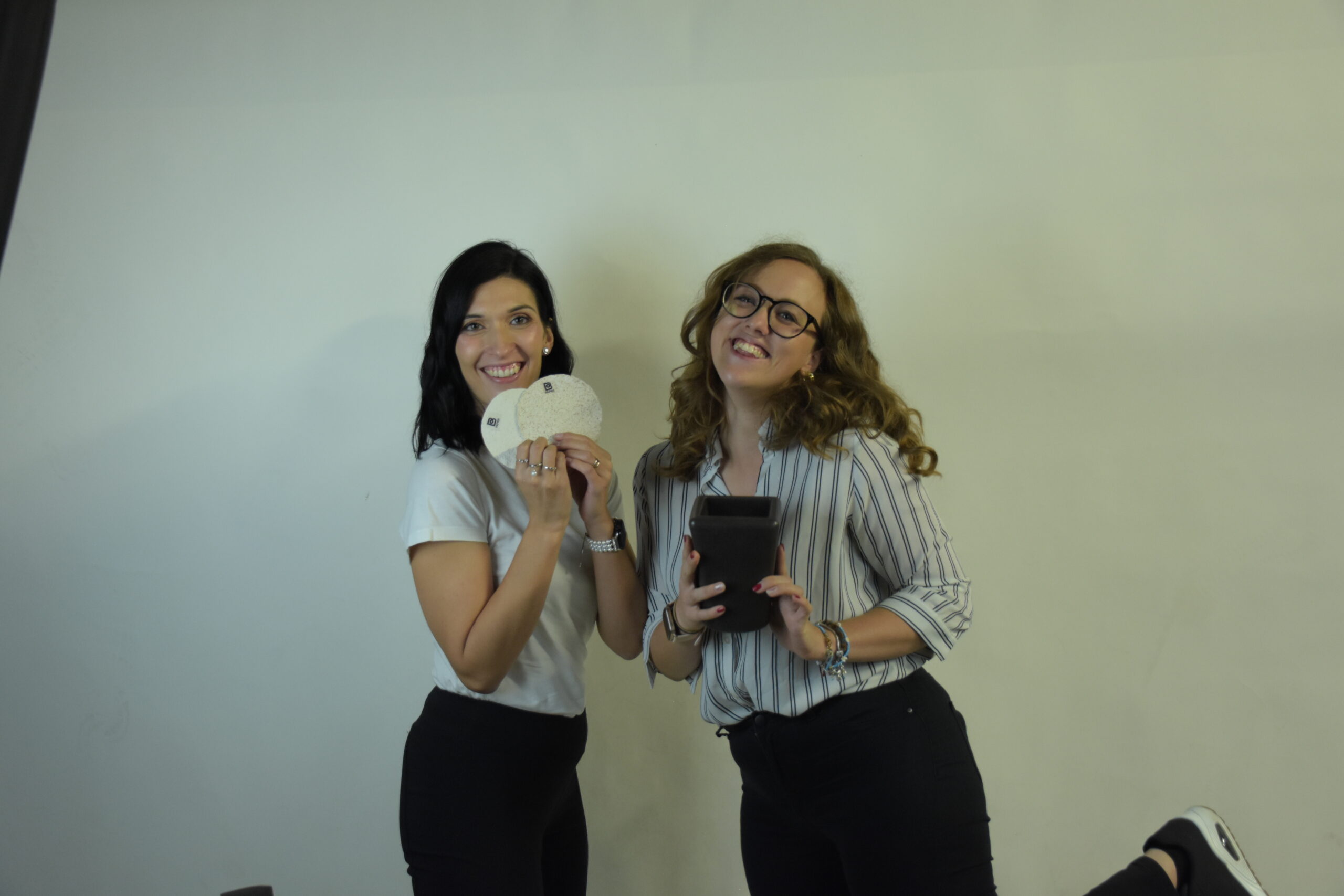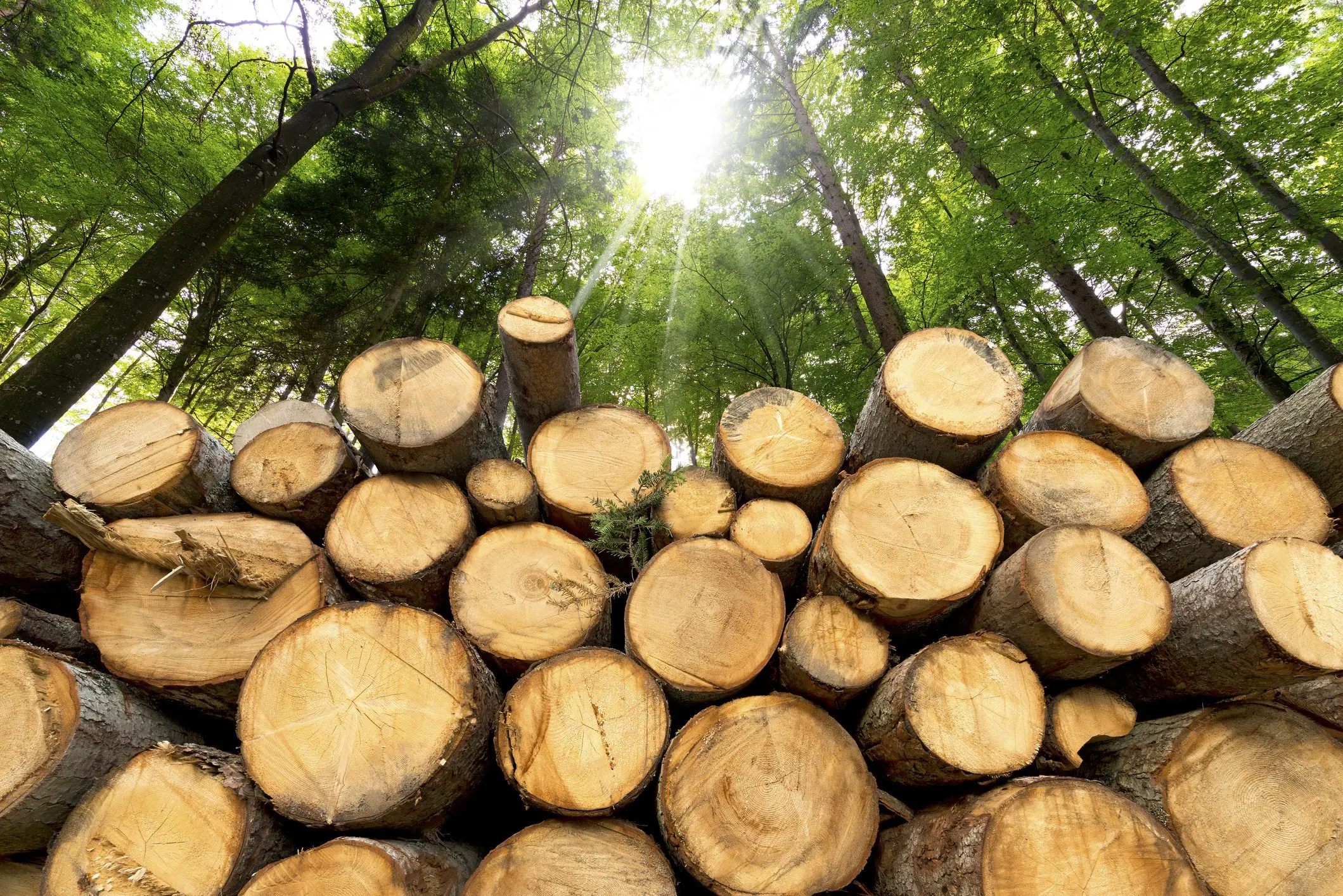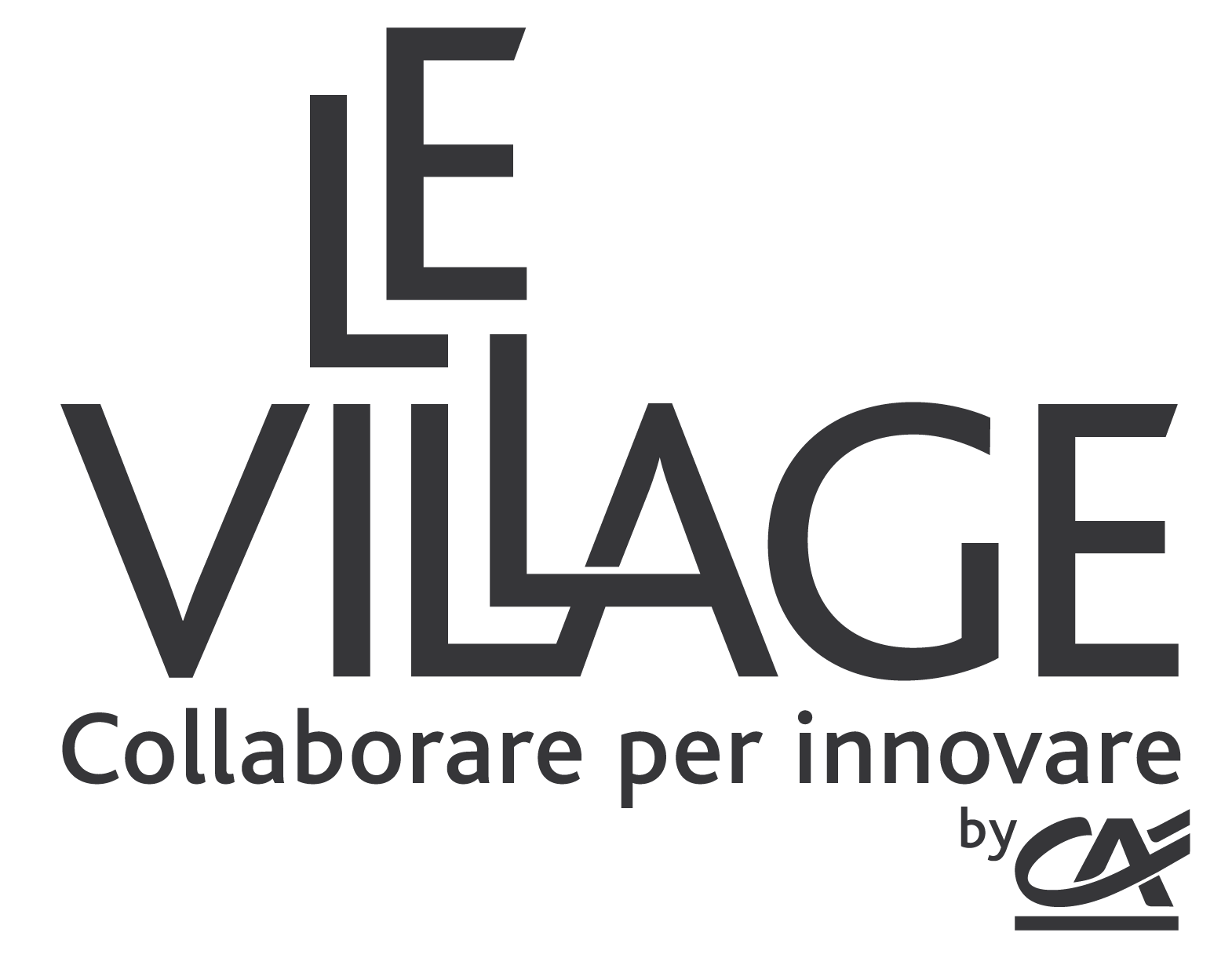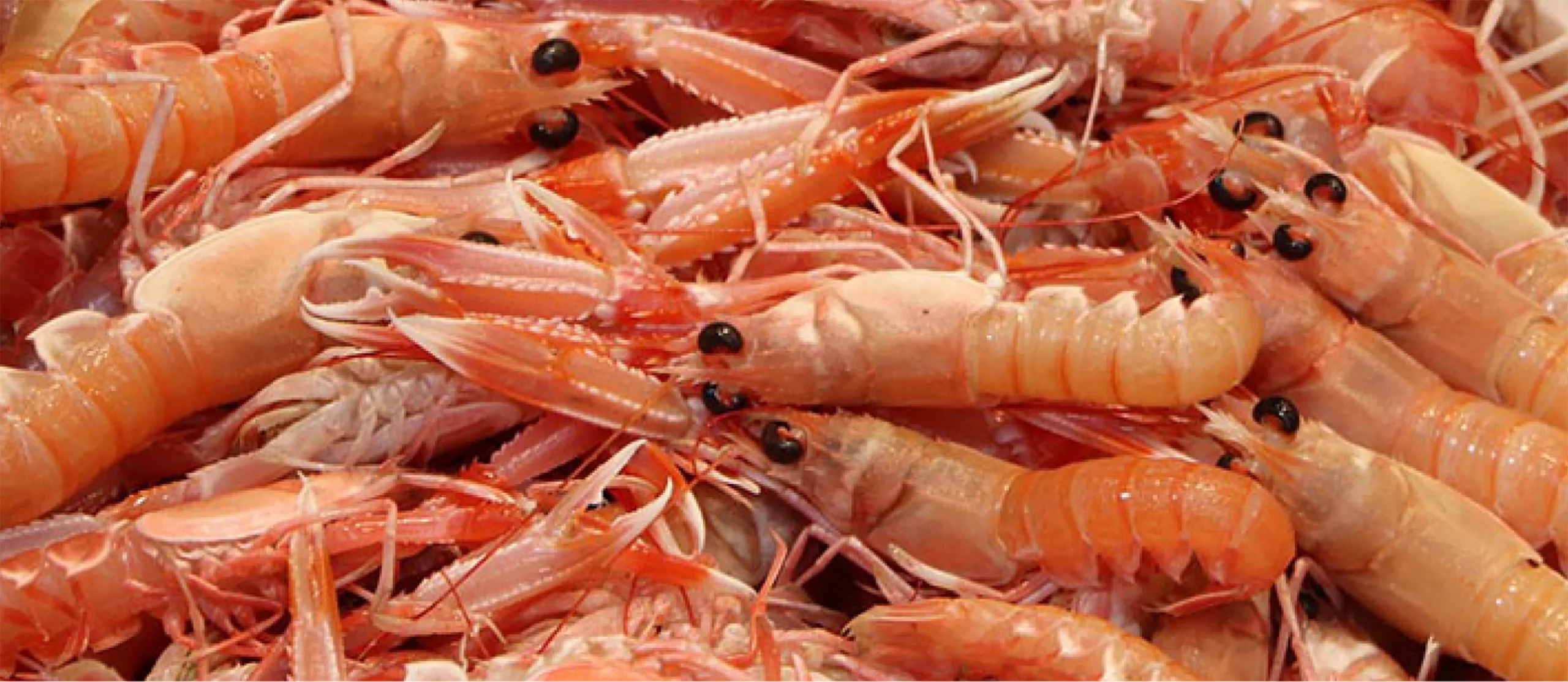

Circular Economy: Bi-rex and Sustainable Food Sustainability
Published on 20/12/2023
THE GLOBAL BURDEN OF AGRIBUSINESS WASTE
1.3 billion tons, this is the amount of agrifood waste that is generated globally each year in total. About one-third of all food produced globally is wasted. This estimate includes not only food discarded by end consumers, but also losses along the entire food supply chain, ranging from agricultural production to transportation, retail and consumption. Specifically, about 88 million tons of food waste is produced each year in the European Union, which corresponds to 173 kg per person.
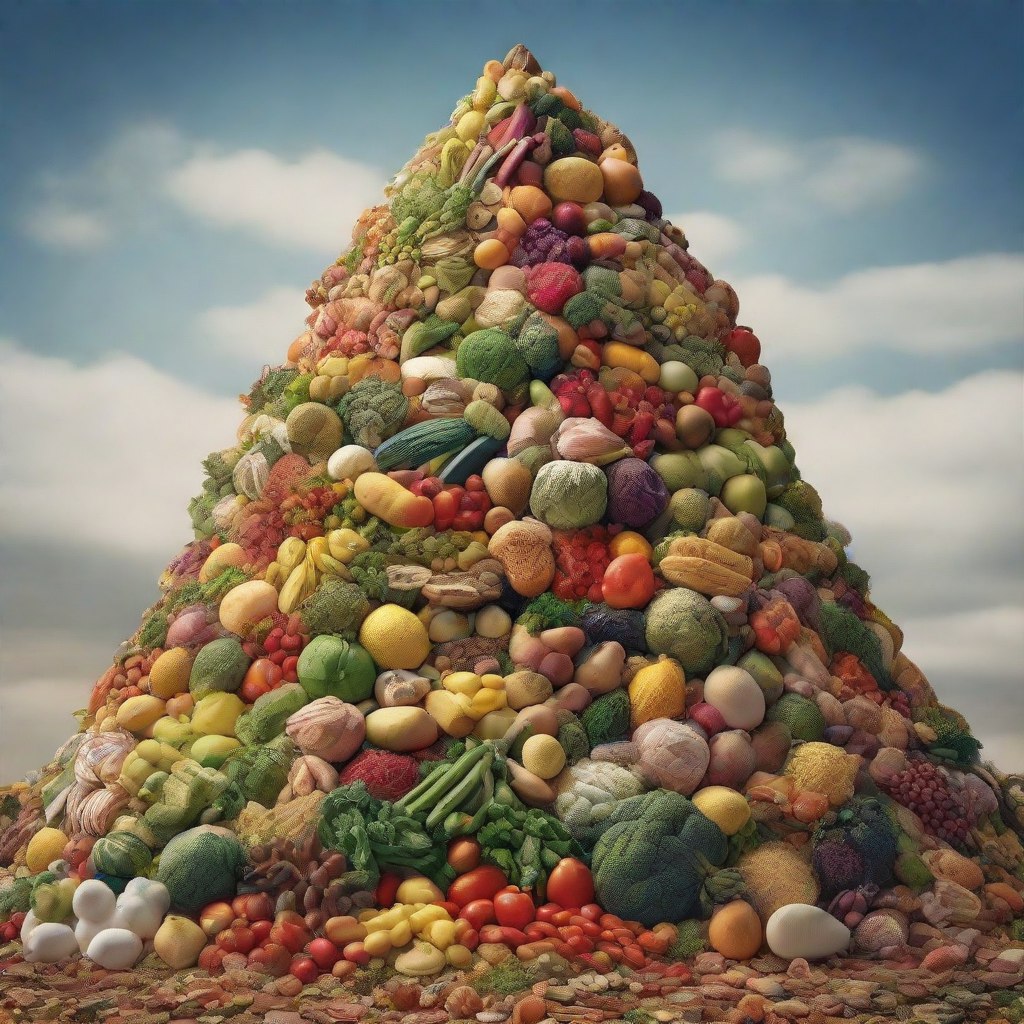
A double threat: environment and economy
This huge amount of waste not only causes a mere waste of resources used in production, but also results in a serious environmental impact. Food waste thrown into landfills produces methane gas during decomposition, which contributes more to global warming than CO2, not to mention the CO2 produced during their incineration. According to the United Nations Environment Program’s “Food Waste Index Report,” food waste would be the third largest source of greenhouse gas emissions when considered on a country-by-country basis.
In addition, agrifood waste must necessarily be disposed of by companies. Their incineration represents a significant cost, amounting to about 40 euros per ton of waste.

Bi-rex: sustainable revolution
Italian startup Bi-rex has set out to find an alternative to this food waste, which is harmful both to the environment and to corporate coffers. Their idea is to reuse agrifood waste to produce cellulose, used in papermaking, and chitin, a natural polymer with various uses, including the production of bioplastics. This process takes place through the use of non-toxic solvents called DES Solvents (Deep Eutectic Solvents), developed by Bi-rex itself and capable of being reused multiple times. This makes it possible to reduce the use of highly polluting chemicals, such as organic solvents or strong acids and bases, used in traditional processes. An additional benefit is a 70 percent decrease in CO2 emissions, 95 percent decrease in water consumption and energy required.
Bi-rex’s innovative approach also addresses the growing demand for cellulose, a material whose annual per capita consumption in Italy is about 200 kilograms. It is estimated that as many as two trees per year are needed to meet the paper demand of an average family of four, which is a claim that is difficult to sustain in the long run.
Alternative sources of raw material and processes that minimize the production of waste for incineration have been sought for years. War and raw material shortages have created an increasingly urgent need, so the effort that needs to be made is to start thinking about a precious resource to valorize.
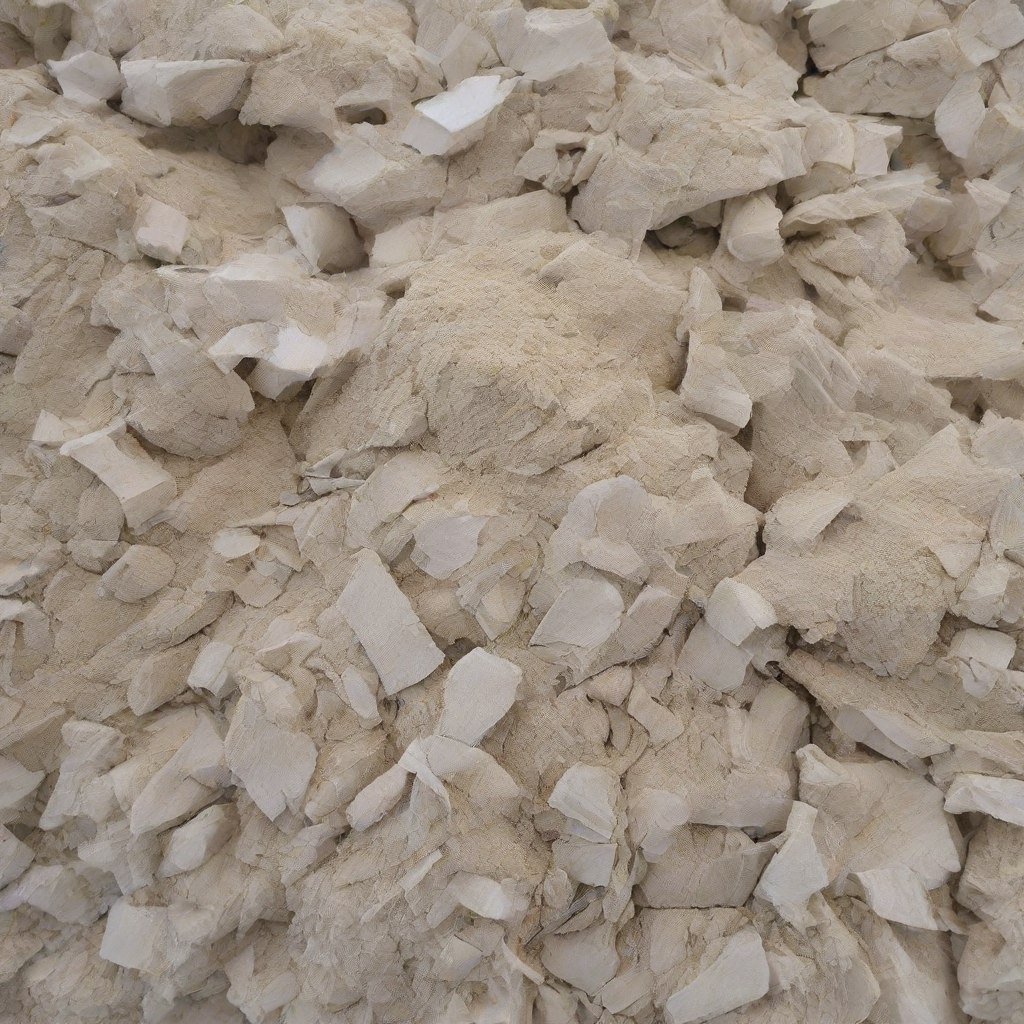
Virtuous example of circular economy
The Bi-rex project, conceived at the Politecnico di Milano by Greta Colombo Dugoni and Monica Ferro, both researchers, falls exactly in line with this, also aligning with the goals set by the ONU in the 2030 Agenda. The two researchers are working to bring to market as many products as possible, from cellulose extracted from orange, rice, beer and coffee waste, innovative products derived from chitin as fertilizers for organic farming and bioplastics, to the first product made from tree-free cellulose. Their goal is to become one of the first companies able to implement such a process on an industrial scale, becoming a virtuous example of circular economy.
